
Woven wraps come in various sizes, typically ranging from 2 to 8, each offering a specific length to accommodate different body types, carries, and preferences. Proper fit ensures comfort and support for both wearer and baby, making size selection crucial for optimal use. This guide helps navigate the world of woven wrap sizing, ensuring you find the perfect fit for your needs;
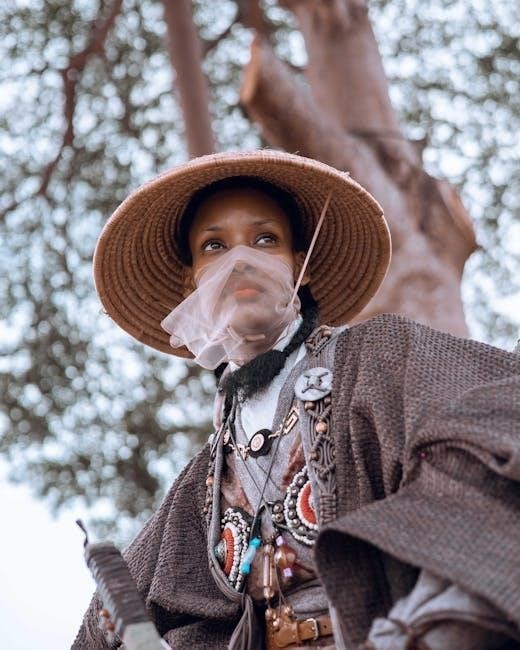
Understanding the Importance of Proper Fit
Proper fit is crucial when using a woven wrap, as it ensures both comfort and safety for the wearer and the baby. A well-fitting wrap distributes the baby’s weight evenly, preventing strain on the shoulders or back. It also allows for optimal support, keeping the baby secure and in the correct position. A wrap that is too tight or too loose can lead to discomfort or difficulty in maintaining a safe carry. Proper fit also enhances the overall usability of the wrap, making it easier to perform various carries and adjustments. By selecting the right size, users can enjoy a more comfortable and confident babywearing experience. Proper fit is the foundation of successful and enjoyable woven wrap use.
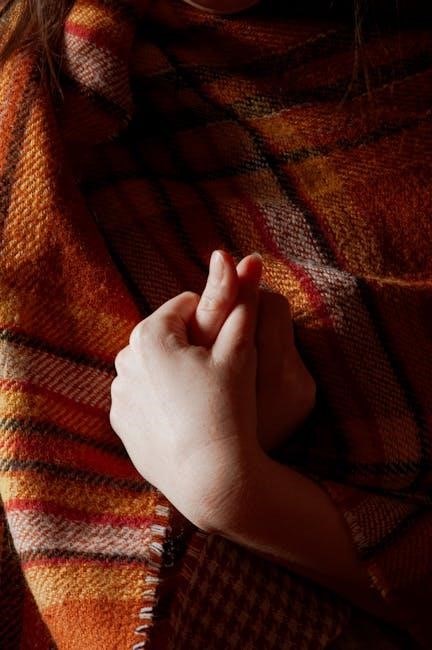
Overview of Woven Wrap Size Guide
A woven wrap size guide is an essential tool for selecting the appropriate wrap length based on body size, baby’s age, and preferred carrying methods. It categorizes wraps from size 2 to size 8, each corresponding to a specific length, typically in 50cm increments. The guide helps users determine their base size, which is the length needed for standard front carries. It also considers factors like the baby’s growth and personal comfort, ensuring the wrap can be adjusted as needed. This comprehensive resource simplifies the process of choosing the right wrap, making it easier for both beginners and experienced users to find a comfortable and supportive fit. By following the size guide, individuals can optimize their babywearing experience, ensuring safety and convenience.

Factors Influencing Woven Wrap Size
Body size, baby’s age, and type of carry are key factors in determining the right wrap size. These elements ensure a comfortable and supportive fit for both wearer and baby.
Body Size and Wrap Length
Body size plays a significant role in determining the appropriate wrap length. A proper fit ensures comfort and support for both the wearer and the baby. To find the ideal size, measure from the chest to the hip to determine the base size. Petite individuals may prefer shorter wraps, while larger frames require longer lengths. Personal comfort and carry style also influence the choice; For example, some users opt for a slightly longer wrap for cross carries, while others prefer a snug fit for single-layer carries. Understanding how body size interacts with wrap length is essential for optimal support and ease of use. This balance ensures the wrap feels comfortable and functions effectively for various carrying techniques.
Baby’s Age and Developmental Stage
A baby’s age and developmental stage significantly influence the choice of woven wrap size. Newborns typically require shorter wraps, as they are smaller and need snug support. As babies grow, the wrap size may need to increase to accommodate their larger frame and developmental needs. For instance, a size 4 wrap is often ideal for newborns, while a size 6 or 7 becomes more suitable as the baby reaches toddlerhood. Additionally, the type of carry preferred at different stages impacts wrap length. Front carries for newborns may require less fabric, whereas back carries for older babies might need more length. Considering these factors ensures the wrap remains comfortable and supportive throughout the baby’s growth journey, promoting a secure and enjoyable experience for both baby and wearer.
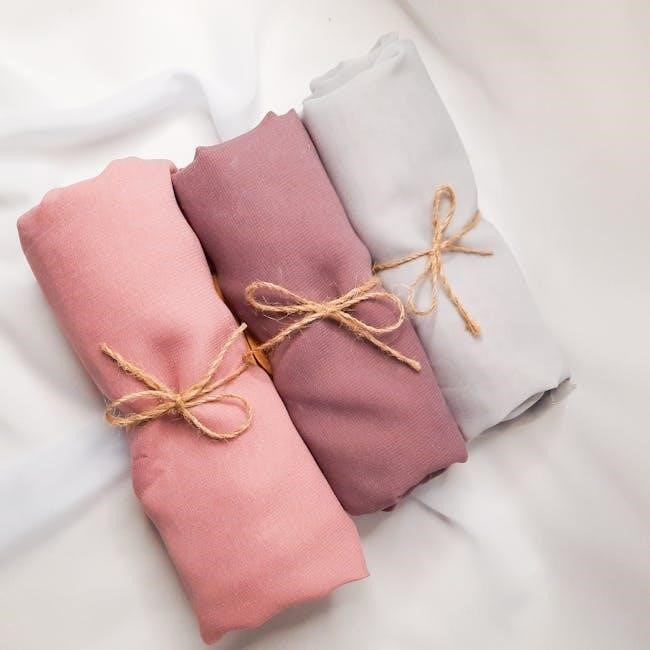
Type of Carry and Usage
The type of carry and intended usage play a crucial role in determining the appropriate woven wrap size. Front carries, such as the Front Wrap Cross Carry (FWCC), often require a shorter wrap, while back carries, like the Ruck or Double Hammock, may need more length for optimal comfort and support. Hip carries and tandem carries also influence size selection, as they may demand additional fabric for proper positioning. Additionally, personal preference for tight or loose wrapping, as well as the frequency of use, can affect the chosen size. Understanding the primary carry types and their fabric requirements helps narrow down the ideal wrap length, ensuring a comfortable and functional experience for both wearer and baby. This consideration is essential for maximizing the versatility and usability of the woven wrap.
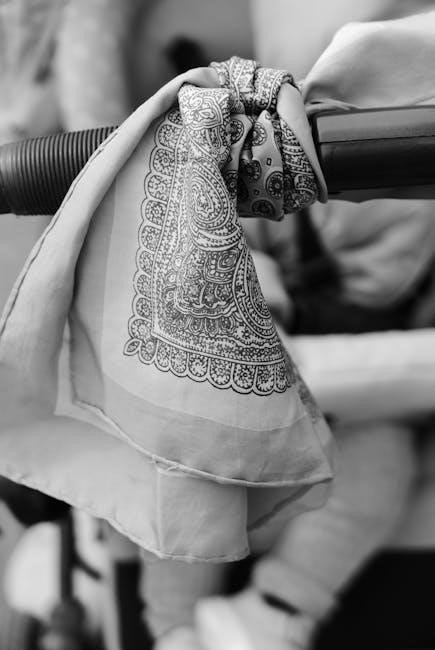
Standard Woven Wrap Sizes
Standard woven wrap sizes range from 2 to 8, with each size representing a specific length to accommodate various body types, carrying styles, and user preferences effectively.
Size 2: 2.7m ౼ Shortest Wrap Length
At 2.7 meters, Size 2 is the shortest woven wrap available, designed for petite individuals or those preferring a compact, lightweight option. It is ideal for quick carries, such as a simple ruck or knotless wrap, and works best for smaller-framed users. This size is perfect for newborns or for adding an extra layer of support in combination with other carries. Despite its shorter length, it offers sufficient fabric for a snug and comfortable fit, making it a practical choice for those who prioritize ease of use and minimal bulk. Its compact design also makes it easier to manage and store, appealing to users who value convenience and simplicity in their babywearing journey;
Size 3: 3.2m ౼ Compact and Versatile
Size 3 woven wraps measure 3.2 meters, offering a compact yet versatile option for babywearing. This size is ideal for smaller-framed individuals or those who prefer a shorter wrap for ease of use. It is suitable for front carries, hip carries, and simple back carries, making it a practical choice for everyday use. The 3.2-meter length provides enough fabric for a snug fit while avoiding excess material, which can be bulky. Size 3 wraps are particularly popular for newborns and smaller babies, as they offer the perfect balance of support and comfort. Additionally, their compact design makes them easy to manage and store, appealing to users who value simplicity and convenience in their babywearing journey. This size is an excellent starting point for those exploring woven wraps for the first time.
Size 4: 3.7m ౼ Popular for Newborns
Size 4 woven wraps, measuring 3.7 meters, are a favorite among parents of newborns due to their balance of comfort and versatility. This size offers ample fabric for securing tiny babies while remaining manageable for smaller-framed wearers. Size 4 wraps are ideal for front carries, such as the kangaroo hold, and are lightweight enough for warm weather. They also work well for hip carries and simple back carries, making them a practical choice for new babywearers. The 3.7-meter length ensures a snug fit for newborns, providing the support they need during their early developmental stages. Additionally, this size is a great option for users who prefer a shorter wrap but still want enough fabric for a variety of carries. Its popularity stems from its adaptability and ease of use, making it a go-to choice for many families welcoming a new baby.
Size 5: 4.2m ౼ Ideal for Small Framed Users
Size 5 woven wraps, measuring 4.2 meters, are a fantastic option for small-framed individuals or those preferring a slightly longer wrap without excess fabric. This size offers a comfortable fit for petite users while still allowing for a variety of carries, including front, hip, and back carries. The 4.2-meter length is versatile, making it suitable for both newborns and older babies, and it is lightweight enough for warm weather. Size 5 wraps are particularly popular among those who find Size 6 too long but still need enough fabric for multi-pass carries. They provide a balance of ease and support, making them a practical choice for users who want a wrap that is neither too short nor overly cumbersome. This size is also ideal for those who prefer a snug fit without sacrificing comfort or flexibility.
Size 6: 4.7m ౼ Base Size for Most Users
Size 6 woven wraps, measuring 4.7 meters, are the most common base size for a wide range of users; This length is versatile and works well for both petite and average to larger-framed individuals. It is an excellent choice for those who want a wrap that can be used for various carries, including front, hip, and back carries, without excess fabric. Size 6 is particularly recommended for beginners, as it provides enough length for easy adjustments and a comfortable fit. It is also ideal for users who prefer a wrap that is neither too short nor too long, making it a practical option for everyday use. This size is suitable for babies of all ages, from newborns to toddlers, and offers a balance of support and flexibility for both wearer and child.
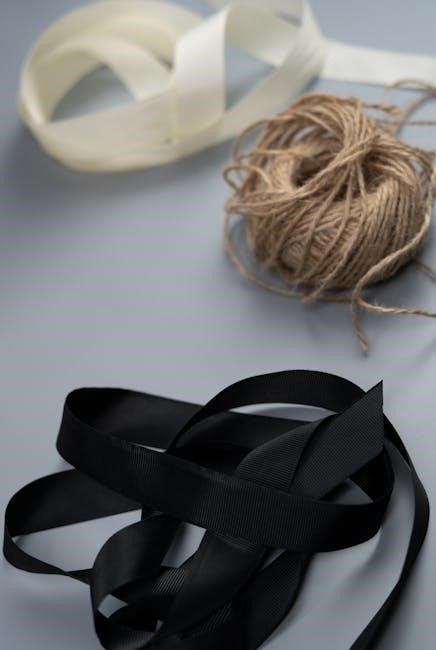
Size 7: 5.2m ౼ Long Wrap for Larger Frames
Size 7 woven wraps, measuring 5.2 meters, are designed for individuals with larger frames or those who prefer a longer wrap for specific carries; This size is ideal for taller wearers or those who need extra fabric for back carries, double hammock, or other multi-layered techniques. The additional length provides ample coverage and support, making it a great option for users who find shorter wraps restrictive. Size 7 is also suitable for wrapping around larger body types comfortably, ensuring a secure and snug fit. While it may feel bulky for smaller users, it is perfect for those who require more fabric for their carrying needs. This size is also a popular choice for toddlers, as it offers the necessary support and comfort for older, heavier babies.
Size 8: 5.7m ౼ Longest Wrap Available
Size 8 woven wraps, measuring 5.7 meters, are the longest wraps available, catering to plus-sized individuals or those requiring maximum fabric for specific carries. This size is ideal for back carries, double hammock, or other complex wrapping techniques that demand extra length. It is also suitable for taller users or those with larger statures, ensuring a comfortable and secure fit. While the length may feel overwhelming for some, it offers unparalleled flexibility and coverage. Size 8 is a favorite among experienced wrappers who appreciate the versatility it provides. However, it may not be necessary for smaller users or those who prefer simpler, shorter carries. This size is perfect for those who need ample fabric to accommodate their wrapping style or body type, making it a durable and reliable choice for long-term use.
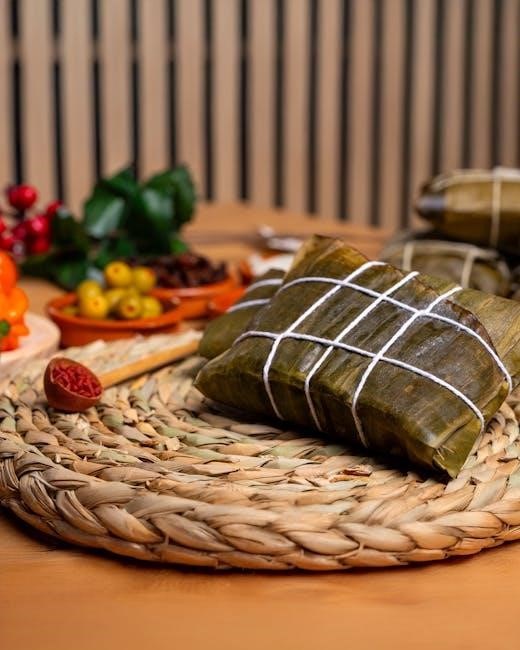
Choosing the Right Woven Wrap Size
Selecting the right woven wrap size involves balancing body size, baby’s age, and intended use. Proper fit ensures comfort, support, and ease of wrapping, making it essential to consider personal preferences and lifestyle.
How to Measure Your Body for Wrap Size
To determine your woven wrap size, measure around your natural waistline using a flexible tape measure. Stand upright and relaxed, with the tape measure parallel to the floor. The measurement should be taken at the narrowest point of your waist, typically just above the hip bones. This baseline helps identify your base size, which is crucial for ensuring a comfortable and secure fit. If you plan to share the wrap with others, consider the average measurement among users. Additionally, your baby’s age and developmental stage may influence the ideal size, as longer wraps accommodate growth and different carrying styles. Accurate measurement ensures the wrap is neither too tight nor too loose, promoting optimal support and ease of use.
Base Size vs. Size Down: When to Choose Smaller
Your base size is the standard length that allows you to perform a variety of carries comfortably. However, sizing down can be beneficial in specific situations. If you have a smaller frame or prefer a snug fit, choosing a size smaller than your base size may provide better comfort and support. For instance, a size down is ideal for shorter torsos or for achieving a more compact carry, such as a “kangaroo” hold. It’s also a good option if you prioritize ease of use and simplicity in wrapping. While sizing down limits the range of carries you can perform, it often results in a more tailored fit for those who prefer a streamlined approach. Always consider your personal comfort and the types of carries you plan to use most frequently when deciding between your base size and sizing down.
Understanding Wrap Size Charts
Wrap size charts are essential tools for determining the appropriate woven wrap length based on your body measurements and preferences. These charts typically correlate your base size with specific measurements, such as your natural waist or the distance from your shoulder to your hip. They often categorize sizes from 2 to 8, with each size representing a fixed length of fabric. By referring to a size chart, you can identify whether you fall into a standard base size or if you need to size up or down. Some charts also consider factors like baby’s age and intended carries, ensuring a more personalized fit. Understanding and using a wrap size chart helps eliminate guesswork, guiding you to the ideal size for comfort and functionality. Always check the chart provided by the manufacturer for accurate sizing.
Special Considerations for Woven Wraps
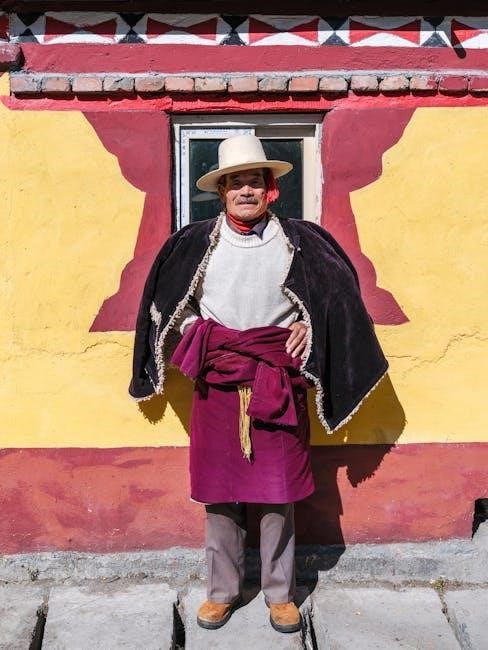
Woven wrap thickness and weight impact comfort and support, while fiber blends like cotton or linen affect durability and softness. Seasonal needs may require size adjustments for layering.
Woven Wrap Thickness and Weight
Woven wraps vary in thickness and weight, which significantly affect comfort and usability. Thicker wraps provide more support, especially for heavier babies or toddlers, while lighter wraps are ideal for warmer climates or for those who prefer a snug, less bulky feel. The weight of the wrap, measured in grams per square meter (gsm), is a key factor in determining its suitability for different seasons and personal preferences. A wrap that is too thick may feel oppressive in summer, whereas a lightweight wrap might lack the necessary structure for optimal support. Balancing thickness and weight is essential to ensure both comfort and functionality, making this an important consideration when selecting a woven wrap.
Fiber Blends and Their Impact on Size
Woven wraps are crafted from various fiber blends, each influencing the wrap’s performance and size requirements. Cotton is the most common, offering softness and durability, while linen adds strength and texture. Bamboo blends provide lightweight breathability, ideal for warmer climates, and wool blends offer warmth and elasticity for colder environments. Silk and other luxury fibers enhance smoothness and drape, making wraps more comfortable for sensitive skin. The fiber blend affects the wrap’s thickness, weight, and flexibility, which can influence how it wraps around the body. While the size remains standardized, the fiber composition impacts the overall feel and usability, making it essential to consider when selecting a wrap size for optimal comfort and support. This blend variety ensures there’s a wrap for every preference and need.
Seasonal Considerations for Wrap Size
Seasonal changes can influence the choice of woven wrap size, as temperature and layering needs vary. In warmer months, lightweight wraps made of breathable fibers like linen or bamboo are popular, often in smaller sizes for comfort. Conversely, colder seasons may require thicker, warmer wraps, potentially in larger sizes to accommodate layering. The fiber blend plays a significant role, with wool and heavy cotton blends being ideal for winter, while lightweight blends suit summer. Additionally, personal comfort in extreme temperatures can affect how tightly or loosely the wrap is tied, which may influence size preference. Considering these factors ensures the wrap remains comfortable and functional year-round, adapting to seasonal demands without compromising support or ease of use.
Common Mistakes in Woven Wrap Sizing
Common errors include choosing wraps too small or large, ignoring personal comfort, and not considering baby’s growth. These mistakes can affect support and usability, ensuring proper fit is essential for optimal comfort and functionality.
Choosing a Wrap Too Small or Too Large
One of the most frequent errors in woven wrap sizing is selecting a wrap that is either too small or too large. A wrap that is too small may restrict movement, causing discomfort for both the wearer and the baby, while a wrap that is too large can feel bulky and difficult to manage. This mistake often stems from not accurately measuring body size or misunderstanding the intended use of the wrap. A wrap that is too small may not allow for proper tightening, potentially leading to inadequate support, while an overly large wrap can be challenging to secure snugly, especially for beginners. Proper fit is essential for both comfort and safety, ensuring the baby is well-supported and the wearer can move freely. Measuring correctly and considering personal comfort are key to avoiding this common oversight.
Ignoring Personal Comfort and Preference

Ignoring personal comfort and preference is a common mistake when selecting a woven wrap. While size charts provide a general guide, they do not account for individual differences in body shape, flexibility, or wrapping style. Some people may prefer a snug, tight wrap, while others find comfort in a looser, more relaxed fit. Disregarding these preferences can lead to dissatisfaction with the wrapping experience. Factors such as wrap thickness, fiber blend, and even the texture of the fabric play a significant role in comfort. It’s essential to consider how the wrap feels during use, as well as how it accommodates your lifestyle, such as whether you’ll be wearing it for short errands or extended periods. Prioritizing comfort ensures a more enjoyable and sustainable babywearing journey. Personal preference should never be overlooked in the sizing process.
Not Considering the Baby’s Growth
One of the most common mistakes in choosing a woven wrap size is not considering the baby’s growth. Babies develop rapidly, and their wrapping needs evolve as they grow. A wrap that fits perfectly for a newborn may become too small within a few months, especially during growth spurts. It’s essential to select a size that allows for adjustments over time, ensuring the wrap remains comfortable and supportive as the baby grows. Failing to account for growth can lead to a wrap that no longer meets the baby’s needs, requiring frequent size changes. A slightly larger size or a versatile wrap that accommodates multiple carries can provide long-term value, making it a practical investment for the babywearing journey; Ignoring growth potential often results in a wrap that becomes obsolete too soon.
Selecting the right woven wrap size ensures comfort, support, and versatility for both wearer and baby. Proper fit enhances babywearing experiences, making it essential to consider body size, baby’s age, and carry type to avoid common mistakes and find the perfect wrap for your journey.
Final Tips for Selecting the Perfect Woven Wrap
When choosing a woven wrap, prioritize comfort, support, and versatility. Consider your body size, baby’s age, and intended use to determine the ideal length. Start with a base size that allows for easy carries, and adjust based on personal preference. Don’t overlook the importance of fabric thickness and blend, as they impact durability and ease of use. Seasonal considerations, like lightweight wraps for summer, can enhance comfort. Always measure carefully and consult size charts to avoid sizing errors. If possible, try before buying or seek advice from babywearing communities. Remember, the right size ensures a comfortable and enjoyable babywearing experience for both you and your baby.
Where to Buy and How to Care for Your Woven Wrap
Woven wraps are available from specialty babywearing stores, online marketplaces, and direct from manufacturers. Popular options include online retailers like Amazon, Etsy, and dedicated babywearing shops. When purchasing, ensure the seller is reputable and offers clear sizing guides. Once you’ve found your perfect wrap, proper care is essential to maintain its quality. Hand washing in cold water with mild detergent is recommended, avoiding fabric softeners or harsh chemicals. Gently agitate the water, then rinse thoroughly and lay flat to air dry. Avoid machine drying, as heat can damage fibers. Regular conditioning can keep the wrap soft and supple. By investing in proper care, your woven wrap will remain durable and comfortable for years of use.